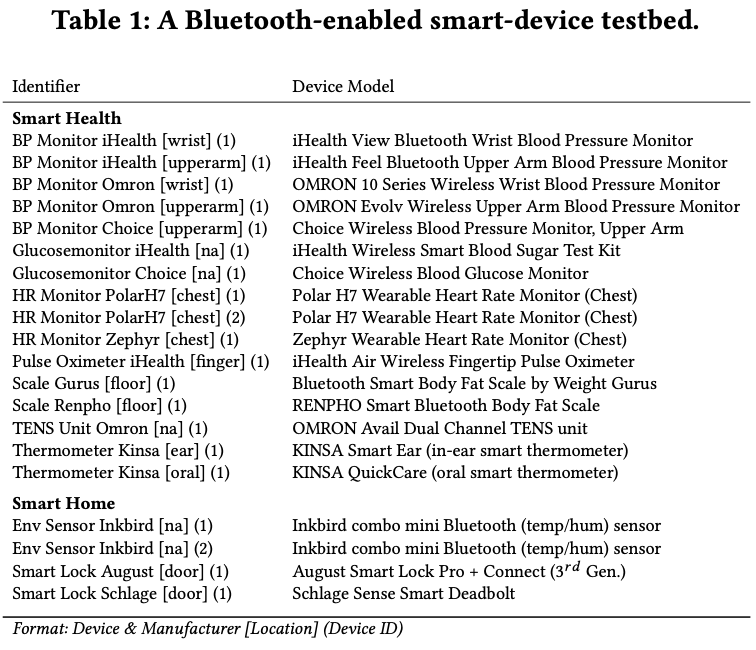An IoT device user with a blood-pressure monitoring device should have the assurance that the device operates how a blood-pressure monitor should operate. If the monitor is connected to a measurement app that collects, stores, and reports data, but interacts in a way that is inconsistent with typical interactions for this type of device, there may be cause for concern. The reality of ubiquitous connectivity and frequent mobility gives rise to a myriad of opportunities for devices to be compromised. Thus, we argue that one-time, single-factor, device-to-device authentication (i.e., an initial pairing) is not enough, and that there must exist some mechanism to frequently (re-)verify the authenticity of devices and their connections.
In this paper we propose a device-to-device recurring authentication scheme – Verification of Interaction Authenticity (VIA) – that is based on evaluating characteristics of the communications (interactions) between devices. We adapt techniques from wireless traffic analysis and intrusion detection systems to develop behavioral models that capture typical, authentic device interactions (behavior); these models enable recurring verification of device behavior.
To read more, check out the paper here.
Travis Peters, Timothy J. Pierson, Sougata Sen, José Camacho, and David Kotz. Recurring Verification of Interaction Authenticity Within Bluetooth Networks. Proceedings of the ACM Conference on Security and Privacy in Wireless and Mobile Networks (WiSec 2021), pages 192–203. ACM, June 2021. doi:10.1145/3448300.3468287. ©


